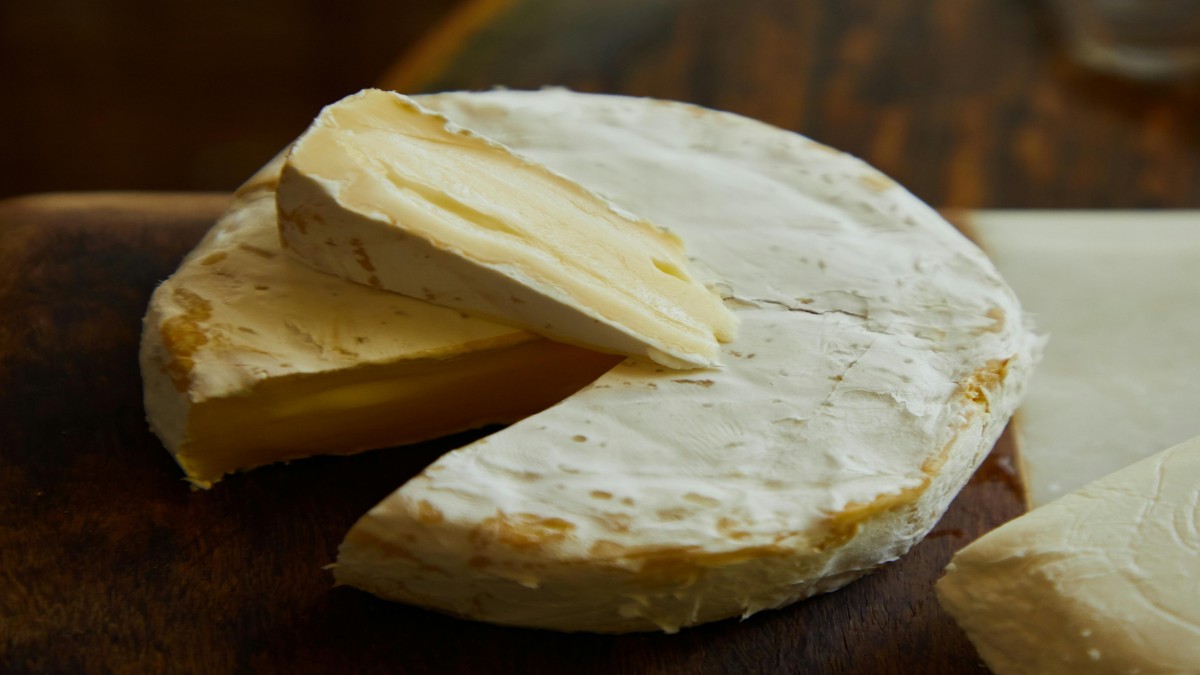Scientists have sequenced DNA from the oldest cheese ever discovered, found in the grave of a Bronze Age individual in what is now northwest China.
Buried with mummified remains in the Taklamakan Desert around 3,600 years ago, the cheese, scattered on the heads and necks of the deceased, was likely intended as sustenance for the afterlife.
Published in the journal Cell, the study highlights how the Xiaohe people, an ancient community living in the Tarim Basin, fermented milk using microbes to create kefir, a cheese still made today, CNN reported.
This discovery sheds light on the early use of fermentation to preserve food and track cultural practices.
Microbes reveal cheese-making process
Paleogeneticist Qiaomei Fu’s team at Beijing’s Institute of Vertebrate Paleontology and Paleoanthropology found DNA from goat and cattle milk in the cheese, alongside bacteria and fungi used in fermentation.
The microbes, such as Lactobacillus kefiranofaciens, are commonly found in modern kefir grains, used to turn milk into cheese.
The research also revealed how probiotic bacteria evolved over thousands of years. The species identified in the ancient cheese were closely related to a group of bacteria from Tibet, challenging long-held beliefs that kefir originated solely in the Caucasus Mountains.
A glimpse into ancient life
The discovery of this well-preserved dairy product offers a rare glimpse into the diet and cultural practices of the Xiaohe people.
Buried in boat-shaped graves with woven clothing, their mummified remains have intrigued archaeologists for decades.
Impact Shorts
More ShortsExperts say fermentation helped ancient communities store milk longer and make it more digestible. Christina Warinner, a Harvard University anthropologist not involved in the research, noted that while cheesemaking may date back over 9,000 years, this is the oldest intact cheese ever found, according to CNN.
The study opens new possibilities for using ancient DNA to understand human food production and how microbes shaped early diets.
“This is an unprecedented study,” Fu said, noting it could help unravel the history of other fermented foods.


)

)
)
)
)
)
)
)
)



